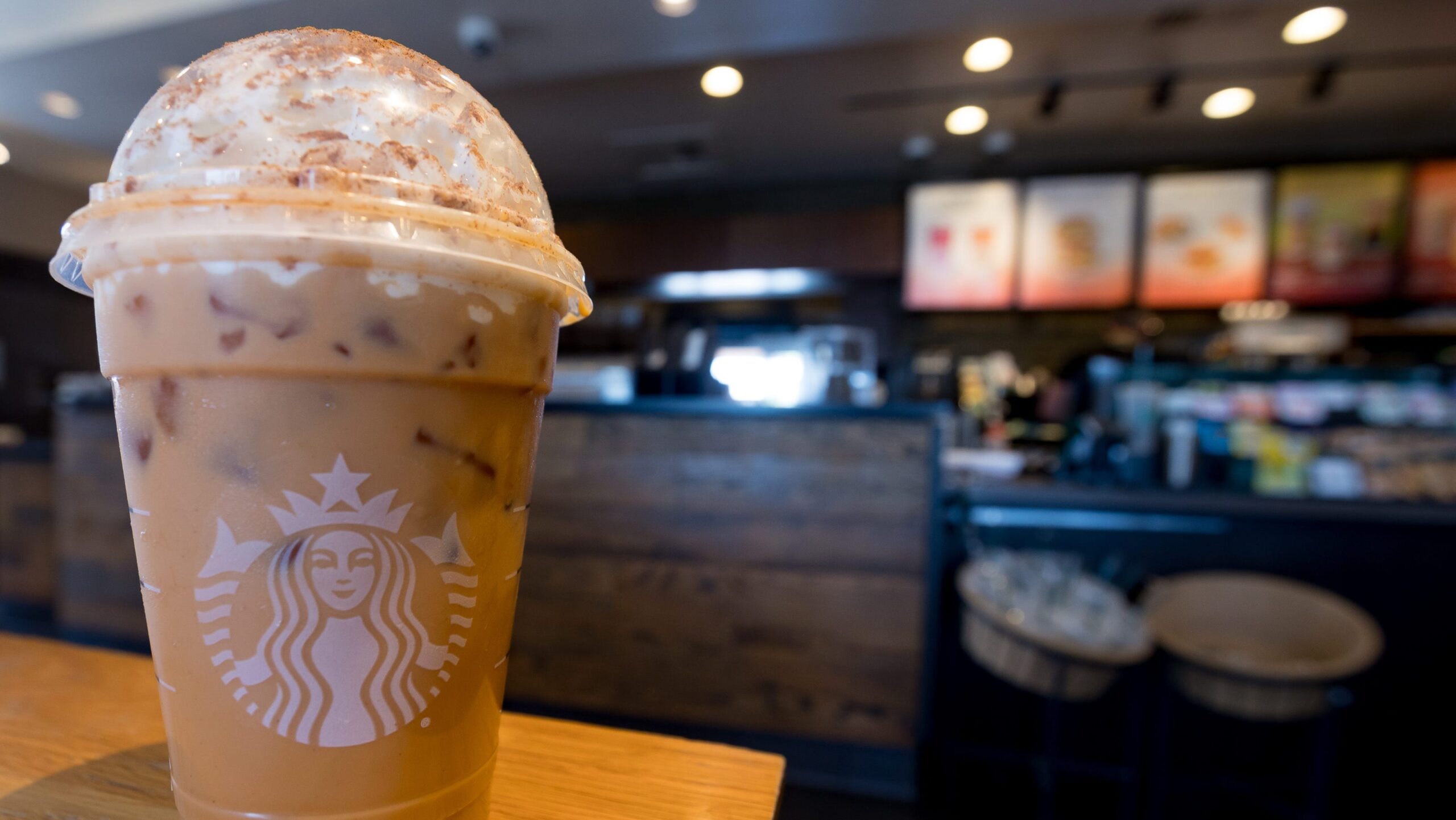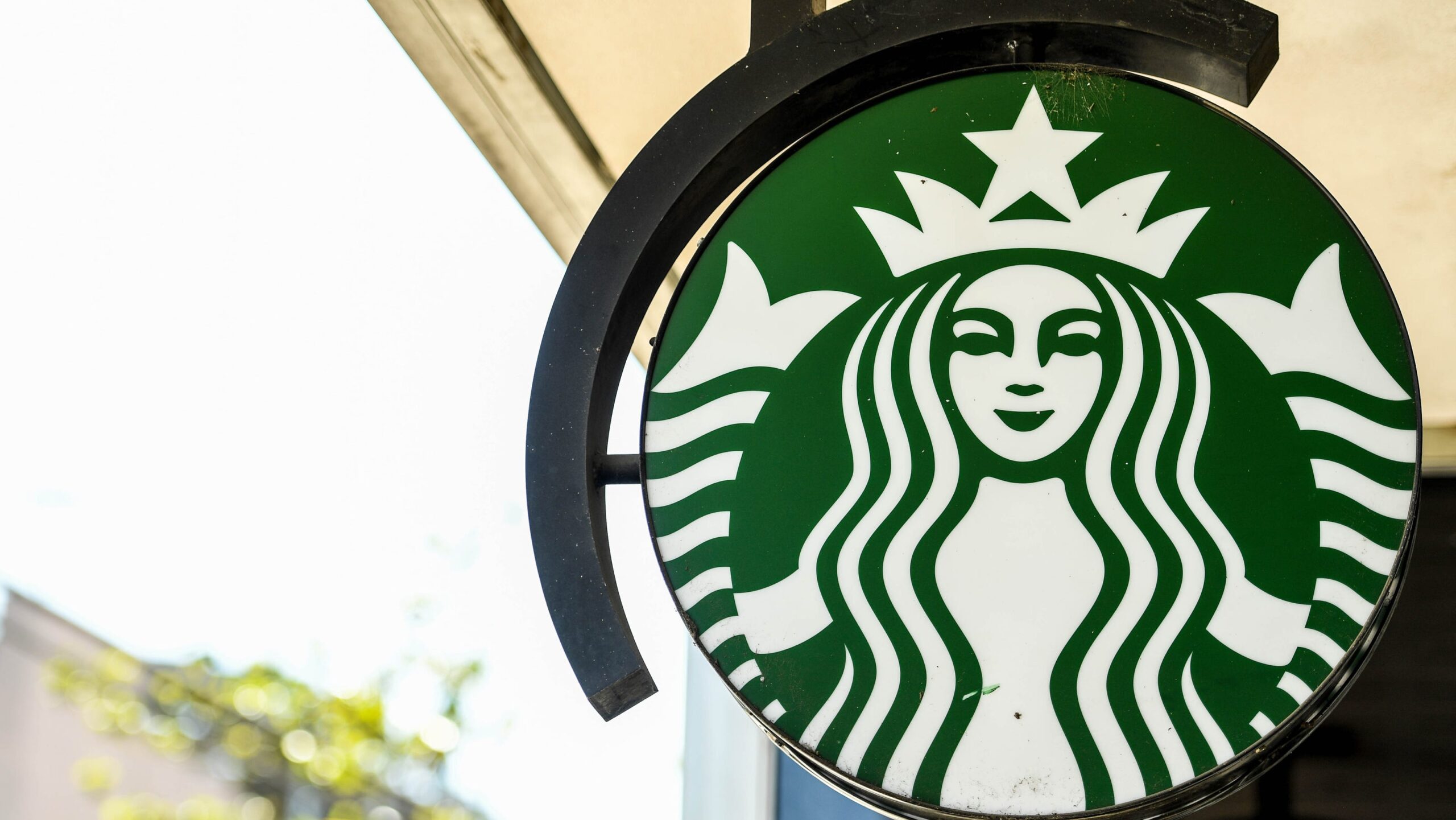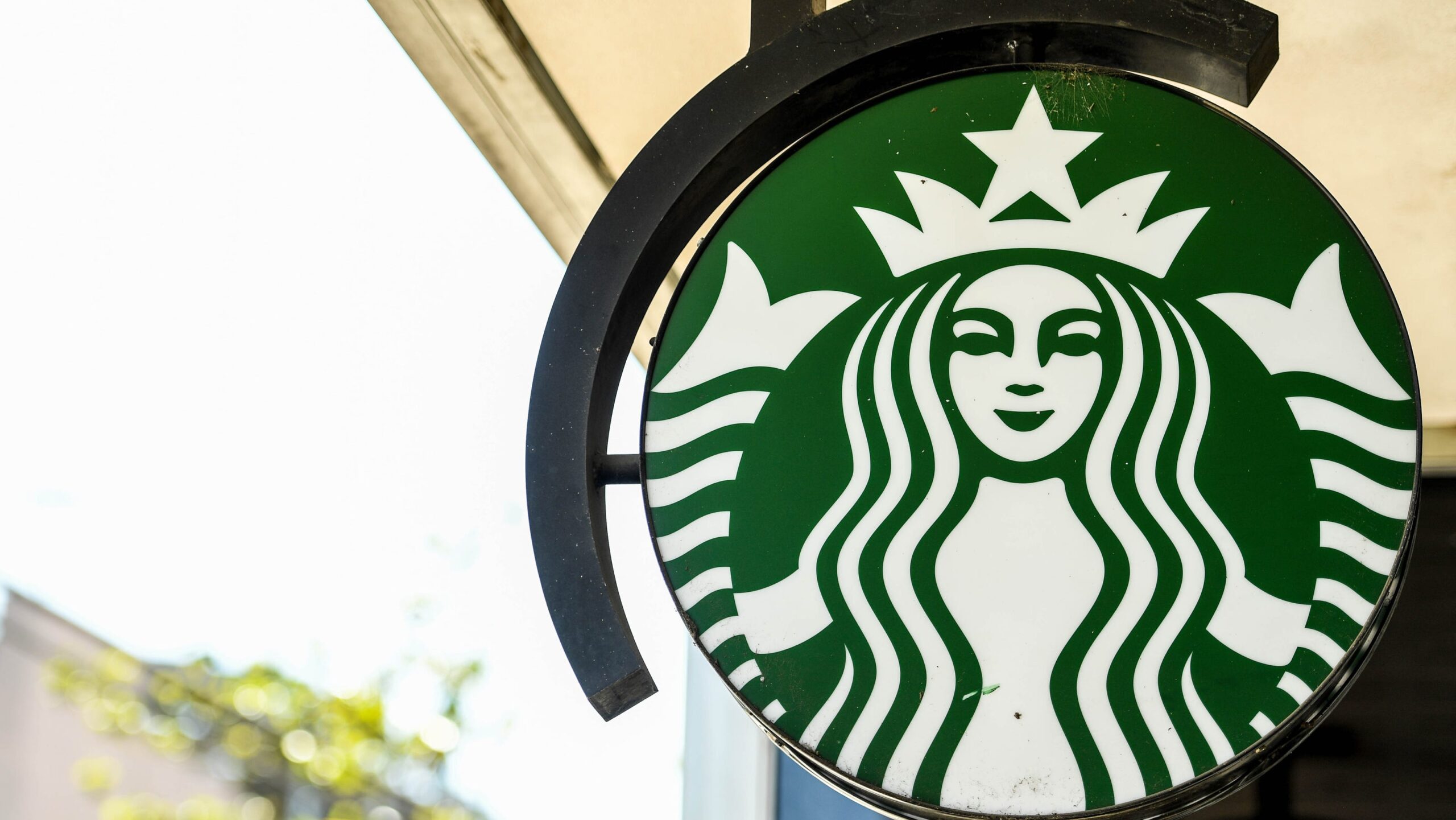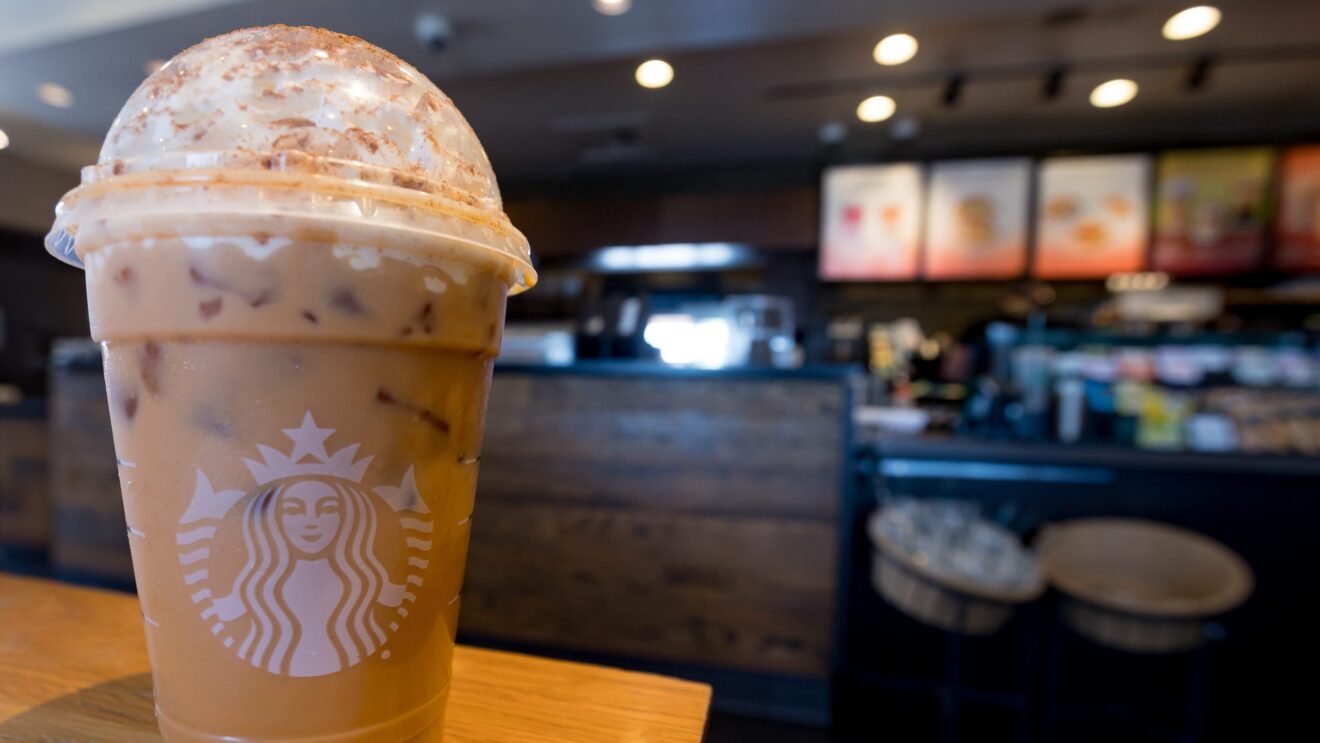## Is “Safe” Just a Fairy Tale in the Gizmo World?
We live in a time where technology is woven into the fabric of our lives, from the smartphones in our pockets to the smart fridges in our kitchens. But with all this incredible innovation comes a crucial question: Is our digital world truly safe?

At Gizmoposts24, we’re passionate about unraveling the mysteries of the tech world, and that includes tackling the thorny issue of cybersecurity. From data breaches to malware, the digital landscape is riddled with potential threats. But fear not, fellow gizmo lovers! We’re diving deep into the world of “safe” to empower you with the knowledge and tools to protect yourself and your precious data.

The Shift Back
Starbucks is reversing its seven-year-old policy of allowing non-paying customers to use its facilities. Starting now, you’ll need to make a purchase to hang out, use the restroom, or connect to the Wi-Fi.

Goodbye, Free Wi-Fi and Restrooms
This change marks a significant shift for the coffee giant, which had embraced a more open and inclusive approach in recent years. The prior policy allowed anyone to access Starbucks’ amenities, regardless of whether they made a purchase. However, the company claims this new policy is necessary to prioritize the experience of paying customers.
A New Code of Conduct
In addition to the change in restroom and Wi-Fi access, Starbucks is also introducing a “Coffeehouse Code of Conduct” to define acceptable behavior in its stores. This code includes bans on discrimination, harassment, outside alcohol consumption, smoking, vaping, and panhandling.
Prioritizing Paying Customers
Starbucks spokesperson Jaci Anderson stated that this shift aims to create a more enjoyable and productive environment for those who are actively spending money at the store. “We want everyone to feel welcome and comfortable in our stores,” Anderson said, “but we also want to ensure that our spaces are prioritized for use by our customers who are making a purchase.”
The Backstory: A Controversial Policy
The move away from an open-door policy is not entirely surprising, given the controversies that surrounded it over the years.
2018: The Philadelphia Incident
A pivotal event in Starbucks’ decision-making process was the highly publicized incident in Philadelphia in 2018. Two Black men, Donte Robinson and Rashon Nelson, were arrested for trespassing after being asked to leave a Starbucks store without making a purchase. The incident, captured on video and widely shared on social media, sparked outrage over racial profiling and allegations of discriminatory treatment.
A Balancing Act
Following the Philadelphia incident, Starbucks faced intense pressure to address its policies and create a more inclusive environment. The company responded by adopting its open-door policy, but this policy also came with its own set of challenges. Starbucks stores often faced issues with loitering, disruptive behavior, and abuse of resources, negatively impacting the experience for paying customers.
Implications for Starbucks and its Customers
The shift back to a paid access policy has significant implications for both Starbucks and its customers.
Customer Reactions
Reactions to the new policy have been mixed. Some customers welcome the change, arguing that it will create a more enjoyable and productive environment for those who are actually spending money at the store. Others criticize the policy as discriminatory and exclusionary, potentially alienating those who rely on free Wi-Fi and restrooms.
Impact on Business
Starbucks hopes that the new policy will improve customer satisfaction and attract new customers who may have been deterred by the open-door policy. It remains to be seen whether this will translate into increased sales and profitability.
Industry Trends
Starbucks’ move reflects a broader trend among retailers to re-evaluate their policies regarding public space usage. Many businesses are facing similar challenges with loitering, disruptive behavior, and resource abuse, leading some to adopt more restrictive policies.
Navigating the New Rules
For customers who are accustomed to using Starbucks’ facilities without making a purchase, the new policy will require some adjustments.
Know Before You Go
If you need to use the restroom or access Wi-Fi at Starbucks, be prepared to make a purchase. This may involve ordering a beverage or snack, even if you only plan to stay for a short time.
Consider Alternatives
For those who cannot afford to purchase something, there are other options for public Wi-Fi and restrooms, such as libraries, cafes, and fast-food restaurants with open policies.
Respectful Behavior
Regardless of your spending habits, remember to be respectful of other customers and staff. Avoid loitering, loud conversations, or disruptive behavior.
Conclusion
So, there you have it. “Safe” isn’t a switch you flip, it’s a multifaceted landscape we navigate every day. From the smart home devices we entrust with our routines to the online platforms we share our lives on, the question of safety is woven into the very fabric of our digital existence. We’ve explored the evolving threats, the importance of user awareness, and the crucial role of responsible design in shaping a safer tech future.
The implications are profound. As technology continues to permeate every aspect of our lives, the concept of “safe” becomes increasingly critical. It’s not just about protecting our data and devices; it’s about safeguarding our privacy, our security, and ultimately, our sense of trust in the digital world. The future hinges on a collective effort – tech companies prioritizing ethical design, policymakers enacting robust regulations, and individuals taking an active role in safeguarding their own digital well-being. The path forward may be complex, but one thing is certain: the pursuit of a truly “safe” tech landscape is a journey we must embark on together.
Let’s not settle for simply existing in a world of “safe enough,” let’s strive for a future where technology empowers us, protects us, and ultimately, allows us to thrive.



Add Comment